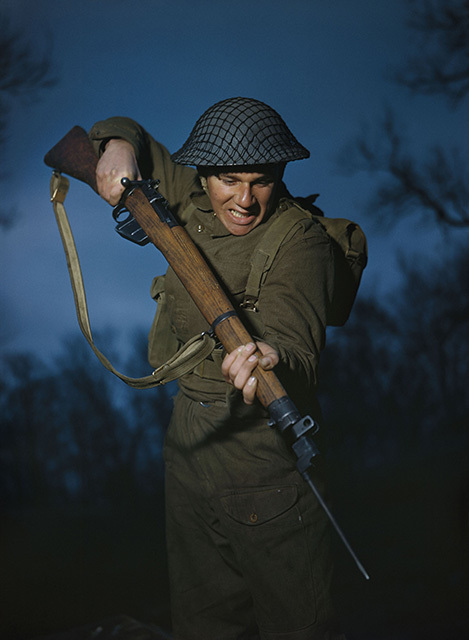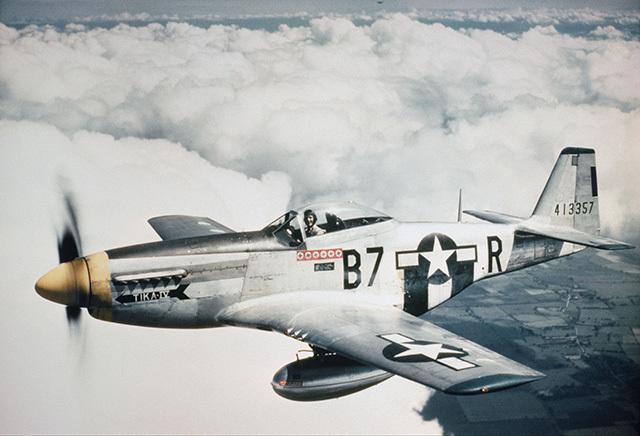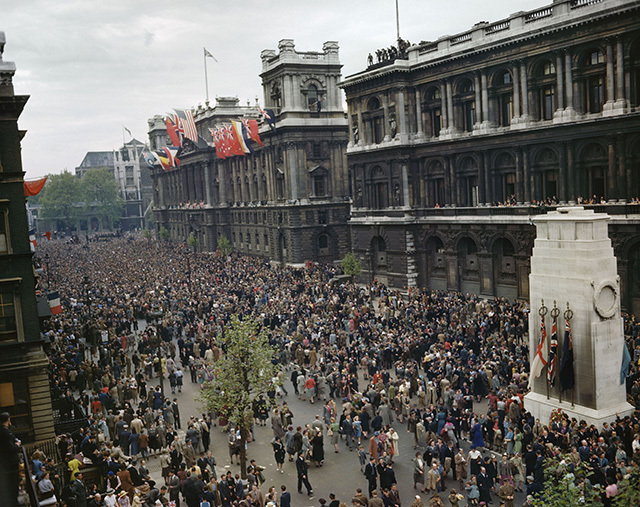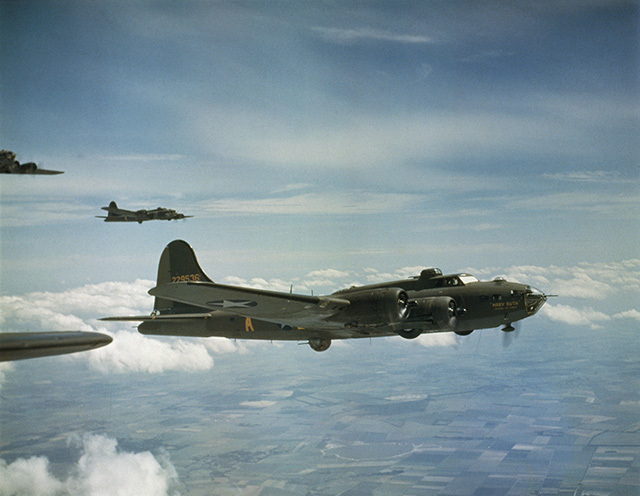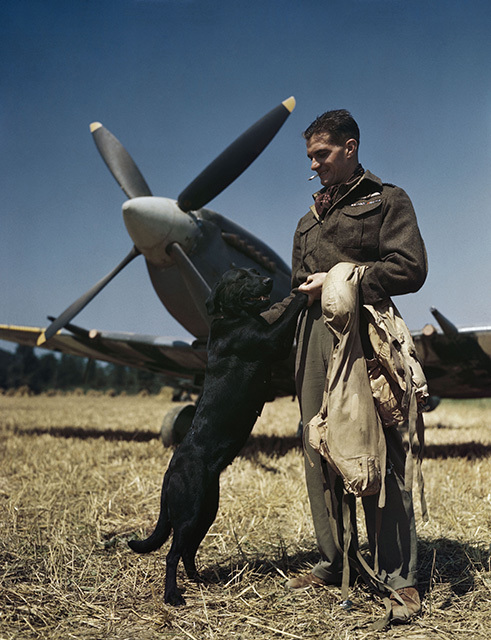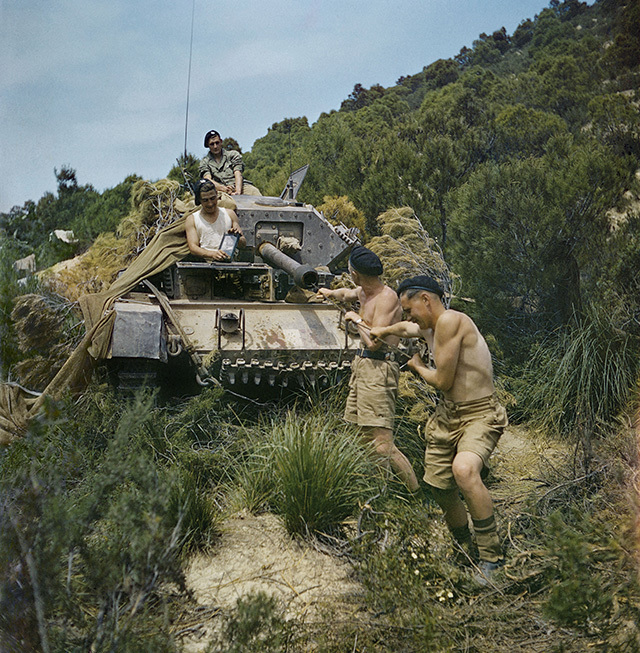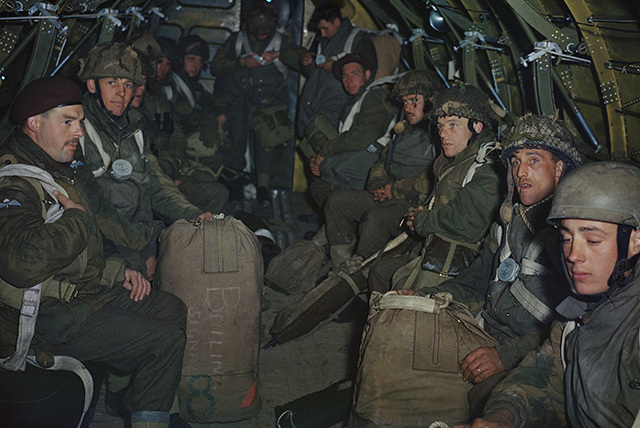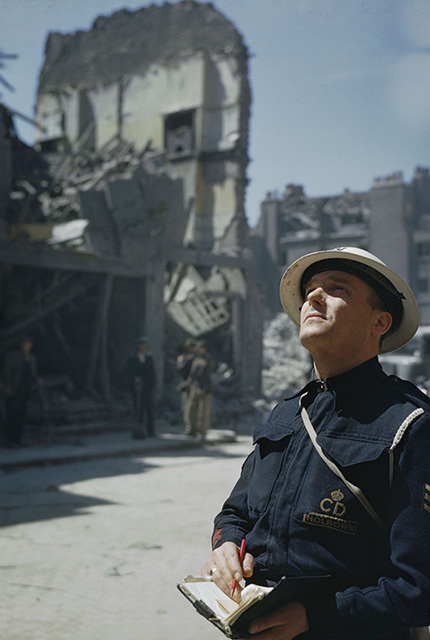
AN extraordinary collection of rare colour photographs reveal the Second World War as the people living through the conflict would have seen it.
A new book from the Imperial War Museums (IWM) includes rarely seen colour images taken by official photographers, as well as news agencies, freelancers and even air crews, many of which are being published for the first time.
The scarcity of colour film and the high cost of reproducing it in printed publications during the Second World War means that for most people today the war is a black and white conflict.
But the photographs in the book, The Second World War in Colour, bring it vividly to life with images that look as if they were taken yesterday – or come from a film set.
They range from the Women’s Auxiliary Air Force preparing parachutes for use during the invasion of Europe to shots of troops in training, stationed in Italy and Tunisia, and sightseeing in Greece.
There are images of General Dwight D Eisenhower and his senior commanders at Supreme Allied Headquarters in London in February 1944 and Winston Churchill and his chiefs of staff in the garden at Downing Street in May 1945.
They reveal life on the Home Front, with pictures of bombed out buildings, evacuee children and wounded airmen in their “hospital blues” alongside factories and female plane spotters.
Images portray the fighting fronts, with rare photography of flamethrower tanks in action, Mustangs and Spitfires in flight and the RAF’s top-scoring fighter pilot, Wing Commander ‘Johnnie’ Johnson, with his pet dog Sally.
No colour film was supplied to British official photographers to document the D-Day landings.
But there are colour pictures of the last months of the war in Europe, including Dutch celebrations after the liberation of Eindhoven, and an image of the spontaneous celebrations of VE Day in Whitehall, central London.
The Ministry of Information, which controlled output of material to the press during the war, wanted to obtain colour photographs as a record and for inclusion in publications which could print in colour.
Some 3,000 colour pictures were taken between 1942 and 1945, and those that survived were passed to the IWM in 1949.
All of the photographs in the book come from the IWM photograph archive, and most were taken by a band of British official photographers, while the ministry also sourced colour images from agencies and freelancers.
There are also pictures from German and American sources, including US aircrew.
Author and senior curator at IWM, Ian Carter said: “The images in this book show the vivid hues of the flames and fabrics, the intense blue skies, the sun-tanned faces and the myriad of colours of military camouflage.
“Black and white photography puts a barrier between the subject and the viewer, colour photography restores that missing clarity and impact.
“As the most destructive war in history gradually fades from living memory, it becomes more important to take away the remoteness and bring the Second World War to life.”

Enjoy the convenience of having The Sunday Post delivered as a digital ePaper straight to your smartphone, tablet or computer.
Subscribe for only £5.49 a month and enjoy all the benefits of the printed paper as a digital replica.
Subscribe